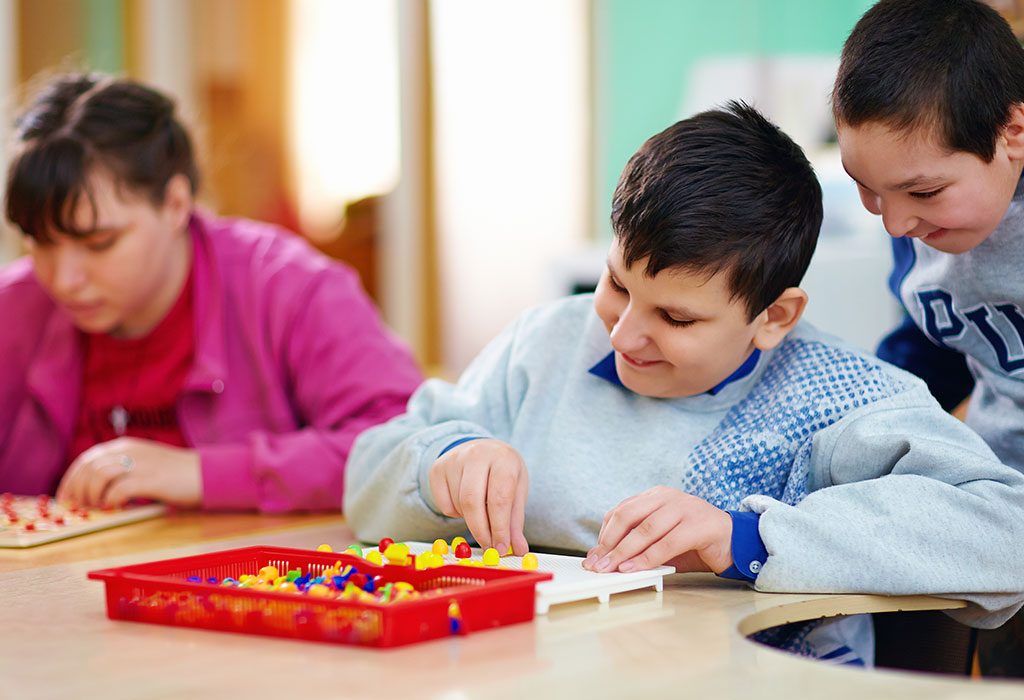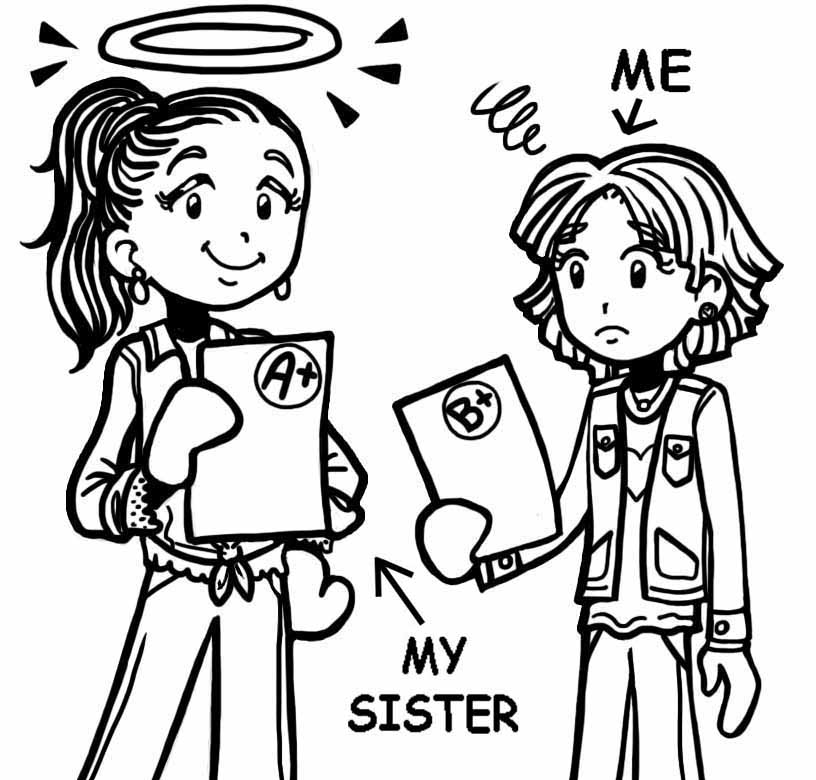
Saturday 16-10-2021 – Mental Retardation
I am Rohit, 36 years old, working as a manager in a bank. I have 2 children – Prasad aged 12 years and Rohini aged 9 years. Prasad was weak in his studies right from the beginning and would pass with a lot of effort even in his primary classes. Since the last 2 years he has been failing in his studies with regularity. We tried various medications, ayurvedic and homeopathic treatments for enhancing his memory, his intelligence and his academic interests but nothing worked. His studies deteriorated further. We finally showed him to a psychiatrist who diagnosed him with mental retardation. The IQ test revealed a score of 60 and diagnosed with mild mental retardation. This was one year back. My confusion is that having known the diagnosis; I am unable to decide what to do next. My expectations from my child have gone down a lot; and I no longer get angry over his studies and its problems. He has also become a trifle stubborn and aggressive. The quarrels between the children have also increased and he is becoming increasingly jealous and intolerant of Rohini because she is developing normally. However, I do not know about guidelines to bring him up. Please advise.
The field of mental retardation has undergone dramatic changes during the past decades. Attitudes regarding the developmental potential and optimal living environment of persons with mental retardation have also changed. Improvements in educational programming and vocational training have made gainful employment possible. Community integration has greatly improved the quality of life for many mentally retarded persons by broadening their experiences in the world and providing them with adaptive role models for continued growth. Successful community integration depends more on emotional and behavioral stability than it does on intellectual competence. Mental retardation is not a disease or illness in itself. Thinking and perception are not characteristically disordered unless there is a concurrent disorder. The deficits in problem solving, abstract reasoning and social judgment are related to limitation in developmental functioning. The mentally retarded person will develop over time and traverse the same developmental stages as will a nonretarded person. However, the ultimate level of development will be lower. There will be impairments in language and communication, general knowledge, memory, attention and impulse control. Limitations in logical thinking, strategic planning and foresight are the most important deficits. An additional disability often experienced by a mentally retarded person is of ‘cognitive rigidity’- an impairment in the ability to learn from mistakes and to generate a range of solutions to various problems. He may exhibit a les flexible pattern of problem solving despite a wide range of life experiences. Prasad has mild mental retardation and this is the largest group of mentally retarded people. During preschool years, social and communication skills develop and such children are generally not distinguishable from normal children until a later age, often at school. The goal is to make him live independently in the community. He should achieve social and vocational skills adequate for a minimum level of self-support. He may need ongoing guidance under stressful social or economic conditions. He can hold social conversations but there may be a noticeable degree of social and emotional immaturity, leading to difficulties in coping, particularly in an inability to cope with the demands of marriage or child rearing. The optimal development may then depend on the presence of a compatible set of environmental circumstances in the home and school (style of parenting, teaching, quality of interpersonal relationships, tone in home and school). The process of normalization is through participation in community activities. Through role modeling and social skills, training, mentally retarded children learn to become increasingly responsible for their own behavior. Expectations for adaptive social behavior should be appropriately high. Several personality characteristics have been identified for people with mental retardation. They include over dependency, low ideal self-image, limited levels of aspiration and an outer directed style of problem solving. Those characteristics are often shaped by a variety of adverse circumstances to which they are often exposed including repeated failure and disapproval. As a result, they become skeptical about their abilities and their potential for success. That combined with a history of rejection and limited social support, leads to an over reliance on others for guidance and feedback and an alternating between dependent attention-seeking behavior and social withdrawal and isolation. Sometimes, they are so highly motivated by social attention and acknowledgement that they often suppress strivings for mastery and independence and expressions of curiosity and creativity. This is especially pronounced during adolescence. During the adolescent years, a combination of parental restrictedness and overprotection, peer rejection, and low self-confidence leads to problems with self-concept and identity, emancipation and individuation and sexuality. He may view life as less meaningful and fulfilling than do peers. He may also experience dissatisfaction with his physical appearance and a poor sense of mastery and control over his impulses, emotions and behavior. In addition, he may tend to be more isolated, lonely, dysphoric and angry than his counterparts. A failure to adequately resolve those difficulties leads to a higher than expected rate of maladaptive personality styles in adulthood. The types of maladaptive personalities most observed include instability of moods, explosive and disruptive tendencies and introverted patterns of functioning. There may be feelings of social inadequacy, dependency, sensitivity to criticism and aggressive behavior. There are a lot of interventions that you can do for Prasad. The full range of strategies include improvements in environmental conditions, behavior interventions and interventions for perception modification, counseling, special education and medicines. Multiple strategies are applicable in most cases. (To be continued)



